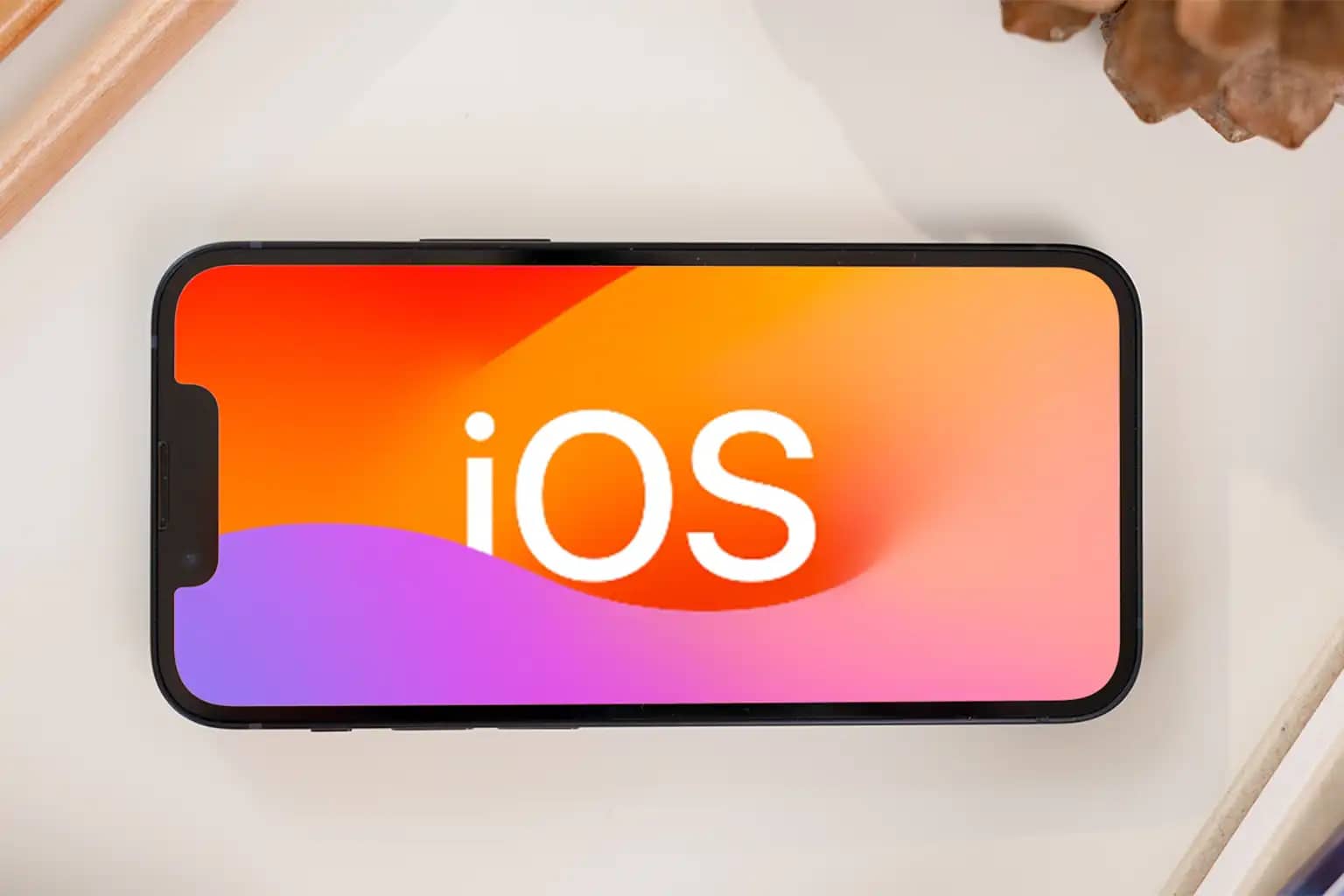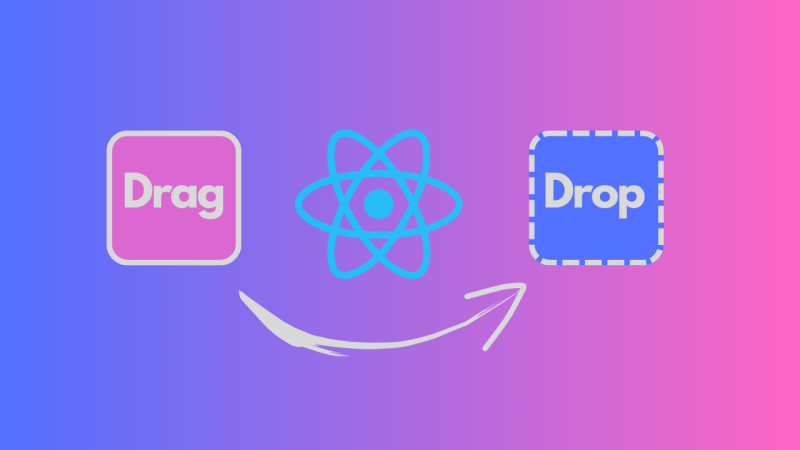
Blog Articles
Advanced iOS Performance Optimization Techniques: A Deep Dive
Table of Contents
Introduction
In the competitive landscape of iOS app development, delivering a seamless and high-performance user experience is paramount. iOS developers constantly strive to create apps that not only look great but also perform exceptionally well. This blog will delve into advanced iOS performance optimization techniques, focusing on memory management and profiling, two critical aspects that can significantly impact the overall performance of your iOS applications.
1. Memory Management in iOS
Automatic Reference Counting (ARC)
Memory management is a crucial aspect of iOS app development, and Automatic Reference Counting (ARC) has been a game-changer. ARC automatically manages the lifecycle of objects by keeping track of the number of references to each object and deallocating them when they are no longer needed.
|
1 2 3 4 5 6 7 |
class MyClass { var reference: AnyObject? init() { reference = SomeClass() } } |
In the above example, the reference property holds a strong reference to an instance of SomeClass. With ARC, you don’t need to manually release memory; it is taken care of by the system.
Weak and Unowned References
To prevent strong reference cycles, use weak or unowned references when appropriate. Weak references allow the referenced object to be deallocated when there are no strong references left.
|
1 2 3 4 5 6 7 |
class AnotherClass { weak var weakReference: MyClass? init(reference: MyClass) { weakReference = reference } } |
Unowned references are similar but assume that the referenced object will not be deallocated before the referencing object.
|
1 2 3 4 5 6 7 |
class YetAnotherClass { unowned var unownedReference: MyClass init(reference: MyClass) { unownedReference = reference } } |
Instruments for Memory Profiling
Xcode comes with powerful tools like Instruments, which provide insights into an app’s memory usage. The Allocations instrument, for example, allows you to track memory allocations and deallocations over time.
2. Profiling iOS Applications
Time Profiler
Time Profiler is another valuable instrument for performance optimization. It helps identify bottlenecks in your code by profiling the time each method takes to execute.
Energy Impact
Understanding the energy impact of your app is crucial, especially for mobile devices with limited battery life. The Energy Impact instrument in Instruments provides insights into how your app consumes energy.
3. Advanced Performance Optimization Techniques
Grand Central Dispatch (GCD)
GCD is a powerful framework for concurrent code execution. Utilizing GCD can lead to improved app responsiveness by offloading tasks to background threads.
|
1 2 3 4 5 6 |
DispatchQueue.global().async { // Perform time-consuming task DispatchQueue.main.async { // Update UI on the main thread } } |
Core Data Performance Tuning
For apps dealing with a significant amount of data, Core Data performance is crucial. Batch processing, prefetching, and efficient data model design can significantly enhance Core Data performance.
Metal Framework for Graphics
For graphic-intensive applications, Metal offers low-level access to the GPU, enabling high-performance rendering.
|
1 2 3 4 5 |
let commandQueue = device.makeCommandQueue() // Create a Metal buffer and render command encoder let buffer = device.makeBuffer(length: dataSize, options: []) let encoder = commandBuffer.makeRenderCommandEncoder(descriptor: renderPassDescriptor) |
Conclusion
Optimizing the performance of iOS applications is a multifaceted task that requires a combination of best practices, tools, and frameworks in iOS app development. By implementing advanced memory management techniques, utilizing profiling tools like Instruments, and incorporating performance optimization frameworks like GCD and Metal, developers can create iOS applications that not only look great but also deliver a smooth and responsive user experience.
Remember, the key to successful performance optimization is continuous monitoring, analysis, and iteration. Stay vigilant, leverage the latest tools, and keep refining your code to ensure your iOS app stands out in terms of both aesthetics and performance.

Get a Fast Estimate on Your Software Development Project
We are committed to delivering high-quality IT solutions tailored to meet the unique needs of our clients. As part of our commitment to transparency and excellence, we provide detailed project estimations to help our clients understand the scope, timeline, and budget associated with their IT initiatives.
Related blog posts








